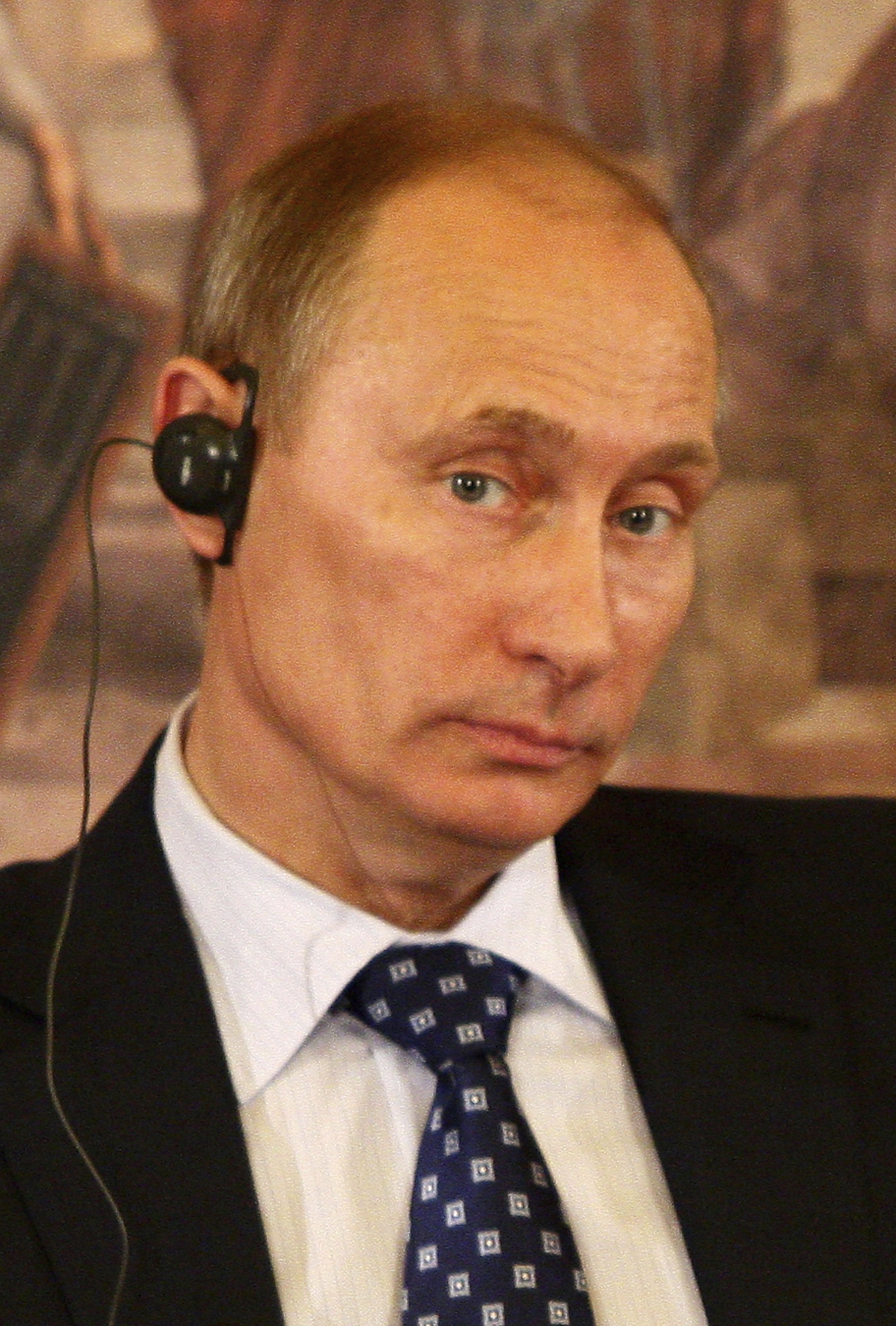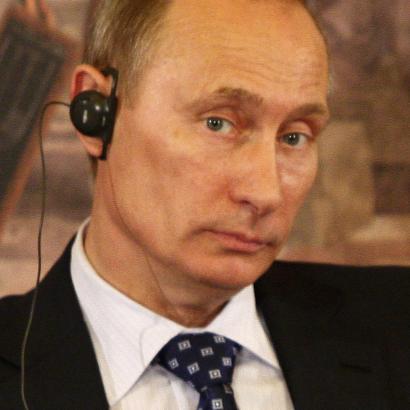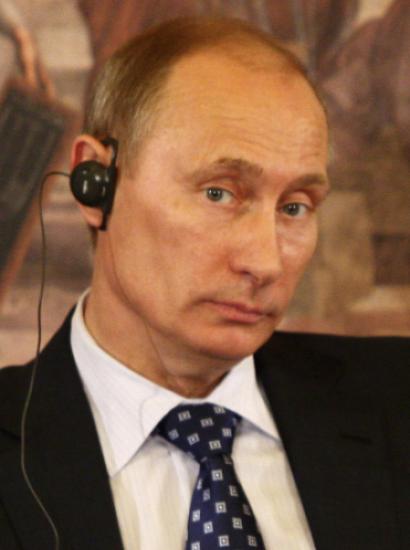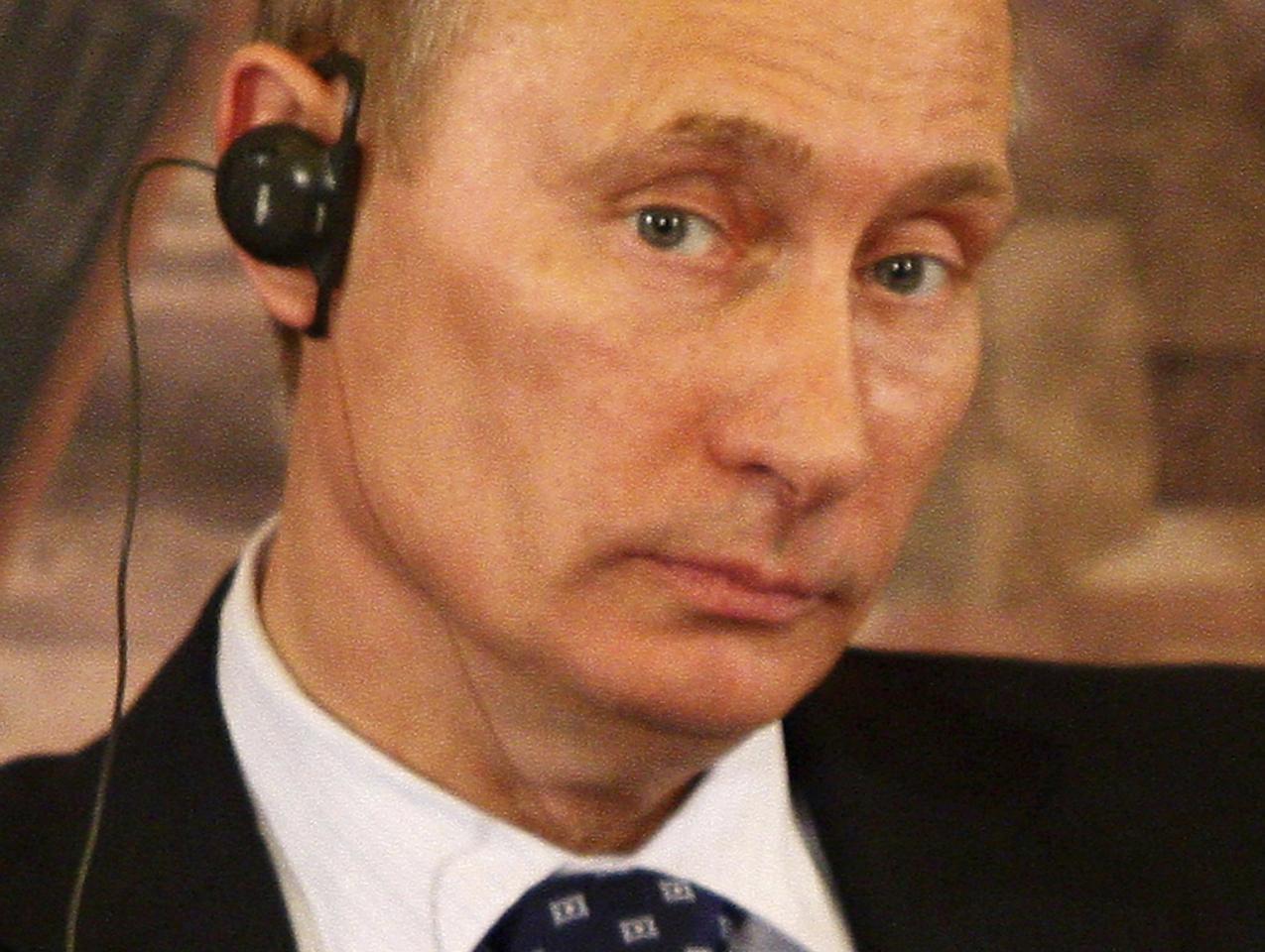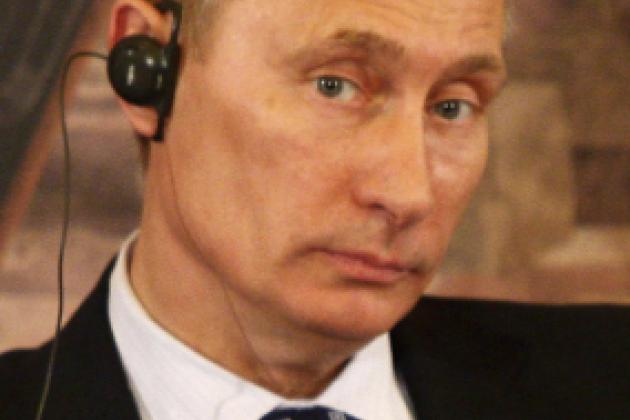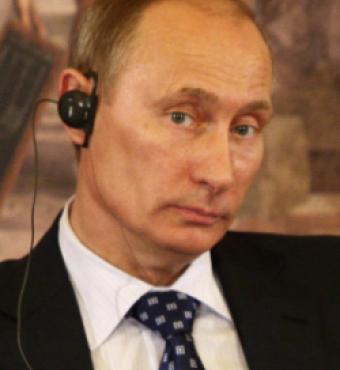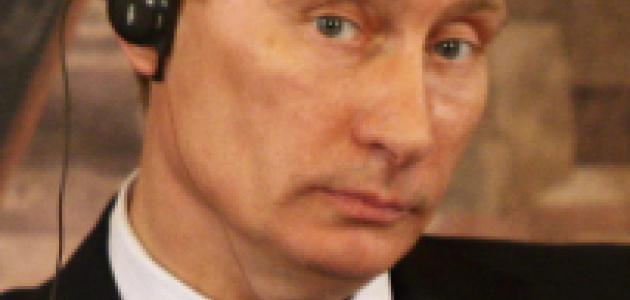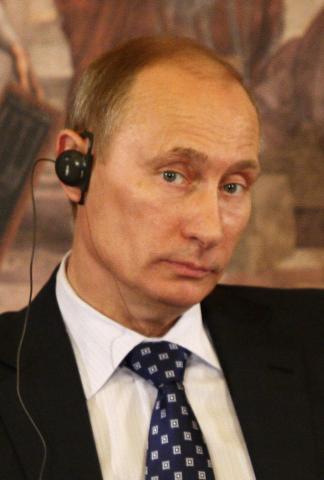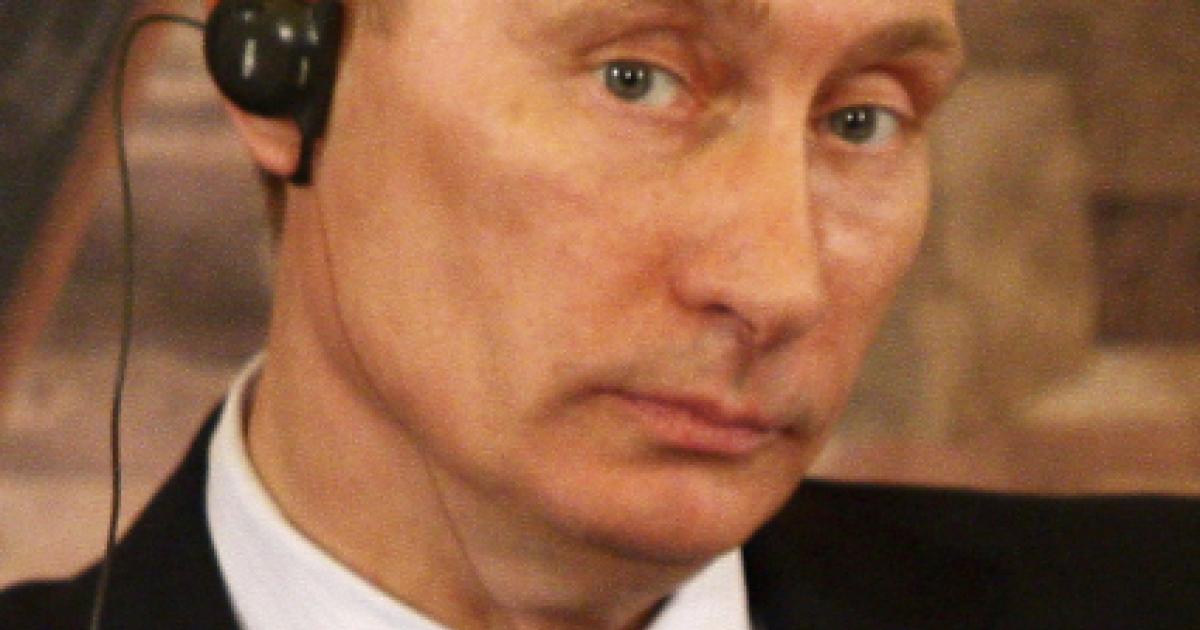David Satter’s Never Speak To Strangers and Other Writings from Russia and the Soviet Union (ibidem, 2020) is a collection of 115 articles dispatched from Russia/USSR between 1976 and 2019. For readers willing to dig deeply, Satter pieces together the political, economic, and social working arrangements of the Soviet and then the Russian state. Satter’s is a tragic account of missed opportunities under Gorbachev, Yeltsin, and Putin that kept Russia out of the ranks of prosperous democratic nations.
Long a thorn in Putin’ side, Satter was expelled from Russia in January 2014 for “violating immigration rules,” underscoring his pivotal role in disclosing the Kremlin’s deepest and darkest secrets, of which there are many. Thanks to the depths of his networks, knowledge of the inner workings of the Kremlin, and willingness to tackle taboos, David Satter is the anti-Duranty of our times. (Walter Duranty was the New York Times’s Stalin apologist and Moscow bureau chief from 1922-1936).
Many experts claim to have gotten Russia “right.” Never Speak To Strangers openly lays out decades of Satter’s writings, composed as events unfolded, allowing readers to evaluate whether the author did indeed get things right. Did he identify the major trends? Did he see the end coming?
Never Speak To Strangers covers the “four Russias” that encompass Satter’s writings on the country.
The first Russia is USSR-Russia.
In writings dating from 1976 to 1985, a youthful Satter describes the USSR as a formidable military power, much of its growth behind it, as it settles into a “period of stagnation.” This USSR-Russia is headed by a gerontocracy—Brezhnev, Andropov, Chernenko—devoid of ideas, uninterested in ideology, and beset by corruption. Stalin’s terrors are a thing of the past. The Party has moved to less horrific but still brutal means of societal control.
For most foreign correspondents in Moscow, there is not much to cover, outside of organized tours of Potemkin collective farms, gleaming factories, folk dancing, and joyous people. In this constrictive setting, Satter, fluent in Russian, paints a picture of everyday life, in the home and in the factory. Those aiming to work as activists strive to enter the privileged nomenklatura. Others just get along and avoid trouble. A precious few buck the system.
Satter offers “created reality” as his conceptualization of the Soviet system.
Per Satter, “created reality” is inevitable under the Soviet system. Communist leaders from Lenin on justified their “leading role” by the myth of an infallible party that directed the worker and peasant state using the “scientific principles” of Marxism-Leninism. Soviet citizens, in their daily lives, however, confronted a quite different reality of shortages, corruption, fake elections, privileges, inequities and other glaring faults.
What to do? Create an alternate reality that citizens could pretend to believe while mouthing party slogans. Only among family and friends could they speak openly about the true reality. Children had to learn at an early age what they could say and to whom.
It was the dissidents who challenged “created reality.” Satter forged personal ties with the dissident community and was among the first to bring their story to the outside world. Led by the father of the USSR’s nuclear bomb, Andrei Sakharov, the dissidents operated within the small breathing space offered by the USSR’s sudden urge for international respectability. The Soviet leadership gambled they could sign Helsinki’s human rights accords and then ignore them. The dissidents proved them wrong. The Stalinist Great Terror was no longer available to disappear dissidents, but labor camps and “punitive psychiatry” served as a potent deterrent. Satter’s account of the torture of his courageous friend, psychiatrist Anatoly Koryagin, explains the price paid by Russia for psychiatric abuse; namely, expulsion from the World Psychiatric Association.
Satter’s writings on the Soviet economy derive from his factory visits and conversations with plant managers. His main message: The Soviet economy was not about planning for growth, welfare, and efficiency. Rather it was an exercise in power from the top down. Managers were not directed by the plan (whereby they faked fulfillment anyway) but by interventions by state and party officials. Corruption was endemic, not anecdotal. Scarcity created opportunities for corruption—caviar or crude oil acquired at state prices and sold at world prices. Corruption generated the need for protection by superiors (called a krysha, or “roof”), a sort of public-private corruption that carried over unscathed into the post-Soviet era.
Gorbachev is Satter’s second Russia.
As the first General Secretary too young to have served under Stalin, Mikhail Gorbachev came to power by default. The last of the Stalinist generation had died off, and he alone claimed to have a reform agenda to rejuvenate the economy. Who could have guessed that the Central Committee would elect a General Secretary in March of 1985 who would unintentionally destroy the system from within. One of the great counterfactuals of our time is a USSR sans a Gorbachev.
Satter’s first dispatches on Gorbachev predict the usual reform fanfare followed by silence as the reforms fail. According to a skeptical Satter at the time, Gorbachev will change nothing of substance (p. 256): The proposed reforms “leave completely intact the totalitarian concentration of political and economic power that is the source of abuse in the first place.” In other words, no General Secretary would destroy the power of the communist party; this seemed at the time a good bet.
As Gorbachev’s reforms progressed, Satter realized that, of the two major reforms, Glasnost (openness), was proving to be a game changer. Criticism of the system was allowed at long last. Formerly banned books were published. Russians could openly read Solzhenitsyn and Pasternak. They could criticize state officials. To the surprise of most, Glasnost drove a stake through Satter’s “created reality” of the Soviet system. No one had to pretend any more.
Satter’s skepticism concerning the Perestroika economic reforms continued unabated, and for good reason. He understood that real market reforms were incompatible with the prevailing structure of power. Instead of real reform, Satter saw minor adjustments. A key example: Output targets were to be dropped, but state orders would take their place.
As time passed, however, some of Gorbachev’s reforms began to change the rules of the game. The new cooperatives could choose their own outputs and prices. They could lease factory space and facilities (on quite favorable terms). With the power of industrial ministries waning, production shifted away from state orders. The planned economy tottered near collapse. Gorbachev had, in effect, destroyed the planned economy prior to creating a market economy.
Satter emphasized correctly that a quasi-market economy with prices set by the state, no rule of law, and no market for land and assets could not work.
These contradictions came to a head when the vacillating Gorbachev ordered his reformers to square the circle of a market economy under the direction of state power. Hardliners, fearful that Gorbachev was destroying the party, rose up in an unsuccessful coup in August of 1991. The humiliated Gorbachev had to be rescued by the Russian republic President Yeltsin, and the USSR ceased to exist some four months later.
Here is Satter’s assessment of Gorbachev (302): “Gorbachev was not the reformer imagined in the West, but the West can be glad that he appeared. Because he tried to preserve an ideological system without an ideology, the Soviet Union began an irresistible decline.”
Satter’s third Russia is the Yeltsin years.
His account of this era digs deep into Russia’s greatest tragedy—the missed opportunity to create a market economy and a working democracy as the USSR collapsed and the Russian Federation took its place.
The initial conditions as of January 1992 were propitious, as described by Satter: Boris Yeltsin presided as the elected President of the Russian Federation. The parliament, albeit a carryover from the Soviet period, was in a mood to cooperate with Yeltsin. Yeltsin had appointed young reformers, headed by prime minister Yegor Gaidar, to turn Russia into a market economy. A new constitution was being drafted to be put to a referendum vote.
By early October 1992, all this had changed. The differences between Yeltsin and the parliament had become irreconcilable, for which Satter places a heavy blame on Yeltsin himself. The tragic events of October 3-4 saw an attempted takeover of a TV station by supporters of parliament. Yeltsin ordered the shelling of the White House with parliament members holed up inside. Loss of life was great. At that very moment, Satter wrote of “the loss of the possibility to lay the basis for an enduring constitution and rule of law.”
It was not until December 1993 that the so-called Yeltsin Constitution was adopted in a national referendum, and it remains Russia’s constitution to the present as a form of presidential rule with a rubber-stamp parliament—an ideal setting for Vladimir Putin.
In these inauspicious political circumstances, lacking a rule of law, with an economy distorted by arrears, a primitive banking system, and fixed energy prices, the reformers made their move. As Satter writes: The key task was to create a “fair distribution of property.” But instead, the reformers “created a new class of owners.”
Inflation had wiped out personal savings, leaving only a connected few and an underworld with resources to gain valuable state assets. The new oligarchs, at first beholden to the Yeltsin family, assured Yeltsin’s re-election in 1996 with the notorious loans-for-shares privatization of the crown jewels of the Russian economy. Russia’s oligarchs began to boast, with some justification, that they were actually in charge.
Satter reserves harsh judgment for the young reformers. Using networks from their Komsomol days, they became “radical free marketeers without abandoning their Marxist beliefs in the primacy of economic relations or their disrespect for the rule of law.” They, along with former state and party officials, accumulated great wealth via “wild privatization,” trade in raw materials and imports, reorganization of state companies as private businesses, and control of banks. The people, in the meantime, were given worthless vouchers, which ended up lost in pyramid schemes.
Satter’s bottom line: The end result is a criminal business oligarchy that pulled off a “criminal takeover in Russia” (367) that persists to the present day.
The wild capitalism turned the people off to capitalism and even more to Yeltsin.
Yeltsin’s prospects for re-election looked grim as the 2000 elections approached. He faced two formidable opponents. He had suffered successive heart attacks and his drinking was becoming worse. His family was bogged down in corruption charges. He had worked his way through a series of prime ministers until he settled on an unknown figure with a KGB background, Vladimir Putin.
This is the setting for what Satter contends to be an unimaginable political crime; namely, the apartment bombings that killed more than 300 Russian citizens in Buynaksk, Moscow and Volgodonsk in September 1999. The toll would have been higher had vigilant residents not caught a team planting a bomb in the basement of their Ryazan apartment bloc. The intruders turned out to be FSB agents, who made the unlikely claim that they were conducting a “vigilance” test. (Satter’s writings on the apartment bombings served as a primary source for John Dunlop’s authoritative book on the subject).
With evidence of Kremlin terrorism against its own people under wraps, its propagandists launched a campaign to convince the Russian people that Chechen terrorists were to blame. A second Chechen war was declared, Chechnya’s capital city, Grozny, was flattened, and the Russian government’s popularity soared. Yeltsin resigned and his named successor, Putin, glided to an easy electoral victory in 2000.
The reign of Vladimir Putin (2000 to 2036?) is Satter’s fourth Russia.
Satter covers Putin’s first two terms as President, the Dmitry Medvedev interregnum, and then his return to the presidency in 2012.
With more than two decades in office, Putin has dealt with three American presidents, all of whom hoped for some accommodation until experience taught them otherwise. Satter warned George W. Bush not to count on Putin for assistance against terrorism. Putin’s war against Ukraine taught Obama that there could be no reset. Putin has shown no deference to Trump’s attempt to align with Russia against the growing China menace.
In his writings, Satter pleads with our leaders to understand that Putin’s Russia is a criminal state. Putin is not a nationalist whose pride was hurt by the collapse of the USSR. Putin does not act in the interest of the Russian people but for his criminal gang.
What better reflection of this than Russian state violence against inconvenient journalists, dissidents, opposition figures, and “traitors” living abroad?
In keeping with his background as a KGB operative, Putin’s handling of terrorism and hostage-taking reflects a cynical lack of concern for the lives of hostages. The Nordost (Moscow) and Beslan terrorist attacks resulted in hundreds of hostages killed along with the terrorists. (In the Nordost attack, surviving terrorists were summarily executed.) The Putin approach: Do not negotiate. Attack even if it means hostage deaths.
Almost two dozen journalists have been killed under the Putin presidency. They range from Forbes’s Paul Klebnikov to investigative journalist Anna Politkovskaya, murdered by contract killers. The “contractor” would, of course, never be found.
Political opposition figures as well as “traitors” living abroad are also targeted. Prominent examples include the murder of Alexander Litvinenko and the attempted murder of Sergei Skripal and his daughter.
Notably, killings that have taken place in Russian territory have been “resolved” in the courts. Minor figures sit in glass cages in court rooms and dutifully confess to the murders. Meanwhile the prosecution expresses no interest in involvement of higher ups. The scapegoats are declared guilty, and they disappear into the prisoner system, knowing their relatives will be taken care of as long as they remain quiet.
The most notable political murder took place symbolically in the security perimeter of the Kremlin itself. Much of what we know about the murder of opposition figure, Boris Nemtsov in 2015 comes from Satter’s authoritative reporting (and from John Dunlop’s analysis of the court proceedings).
In the immediate wake of Nemtsov’s murder, Satter described the elaborate military-precision-like operation behind the assassination. One team closed the bridge to traffic as Nemtsov entered the bridge on foot. At least two sets of assassins did the actual shooting. Security cameras on the bridge were mysteriously shut off. The elaborate planning, intricate logistics, and payoff money were far beyond the competence of the five Chechen thugs charged.
Satter’s coverage of the trial of Nemtsov’s accused assassins pokes gaping holes in the state’s case. The accused “mastermind” of the assassination was the driver for a Chechen official who was never called in for questioning. Five suspects were duly sentenced and disappeared into the prison system not to be heard from again.
Let us move from political murder to Russian political disinformation, specifically Russia’s interventions in the 2016 US elections.
Satter immediately understood that the so-called Steele Dossier was a product of Russian intelligence. Satter, as an experienced Russia hand on media manipulation and disinformation, swiftly dismissed the Steele Dossier as worthless. Per Satter’s assessment, the Steele Dossier was written in typical Russian kompromat jargon. The “golden shower” account of Trump perversities constitutes standard fare in any Russian kompromat report. (Satter himself was accused of running a brothel of underage Russian teens.) Satter also disputes that Steele’s “highest-level” sources were willing to divulge the deepest secrets of the Kremlin to a lowly Steele organization that employed only five people.
Satter’s conclusion: Russian intelligence was taking advantage of Steele to get its own fake-news propaganda into circulation in Washington. Washington and the national media returned the favor two-fold when it used the Steele Russian disinformation to paralyze the US political system for three years. According to Satter, the Kremlin did not really distinguish between Trump and Clinton; both had their faults.
As Putin looks forward to a constitutional change that will allow him two more terms, he appears to be on solid footing, but appearances can be deceiving. Satter, like others, does not offer a concise scenario for the end of the Putin regime. Putin himself goes to extraordinary lengths to protect his regime. His greatest fear appears to be a Moscow Maidan—a street uprising of such intensity and duration that his “allies” abandon him. We also know that there is no such thing as a peaceful retirement for Putin. Once out of office, he will be blamed for all of Russia’s problems, and his personal wealth will not be secure.
My take on this massive collection of essays is that David Satter got things right. Taken together, his essays give us a much-needed framework for understanding Russia under Putin: where it came from, what it is like now, and—the most difficult question of all—where it is headed.







